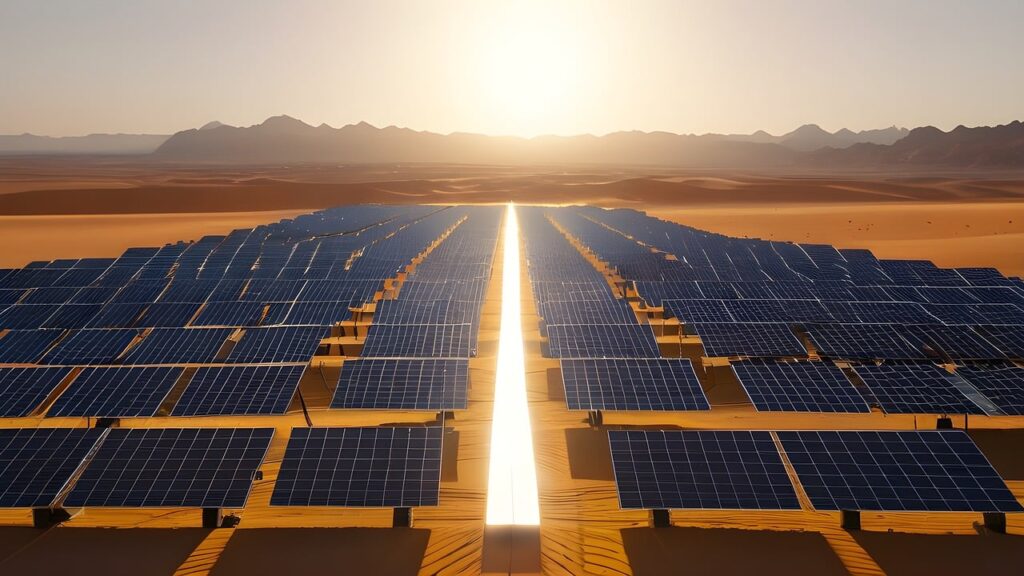By 2030 EU will, as expected, have 890 GW od installed solar capacity, which is 3.3 times more than 269 GW that was at the end of 2023. This will exceed the target of the EU’s REPowerEU plan to end the EU’s dependence on Russian fossil fuels of 750 GW. Global solar system capacity, which stood at 1.6 TW at the end of 2023, is also projected to grow by 356% by 2030, reaching 7.4 TW.
This data is provided by SolarPower Europe in the report “Sustainable Solar: Environmental, social, and governance actions along the value chain”, which was presented during the Sustainable Solar Europe 2024 event in Brussels.
The report shows how the solar sector is addressing key sustainability challenges at all stages of the life cycle, from the supply chain stage, through use, to the end of the life cycle.
The current environmental footprint of photovoltaic systems is relatively small – only 0.26% of land in the EU would be needed to meet the current electricity consumption in the EU with the help of solar energy.
– There is a growing trend in solar applications that allows for sustainable development of project sites which are compatible with local nature, biodiversity, agriculture, and water surfaces, therefore reducing the pressure on local ecosystems and habitats – is stated in the report by Solar Power Europe, the leading European association for solar energy, of which RES Serbia is a member.
Increase in waste after 2040
The authors emphasize the durability and reliability of solar technology, recalling that the first few photovoltaic systems installed in Europe at the turn of the century are still fully functional, while many of today’s systems come to market with guaranteed performance of 30 years or more.
– Once the currently operating solar PV systems eventually reach the end of their operating lifetimes. In the EU, it is estimated that 14.3–18.5 million tonnes of PV waste will be generated by 2050
Nevertheless, compared to some electronic products, photovoltaic modules have great potential for recycling, with current technical recycling rates of 90% or higher.
The report also includes an overview of best practices to address sustainability challenges with the aim of positioning the EU’s solar sector as a global leader in sustainability.
You can see the full report below.
Photo: Pixabay/Leoneil Maranan


